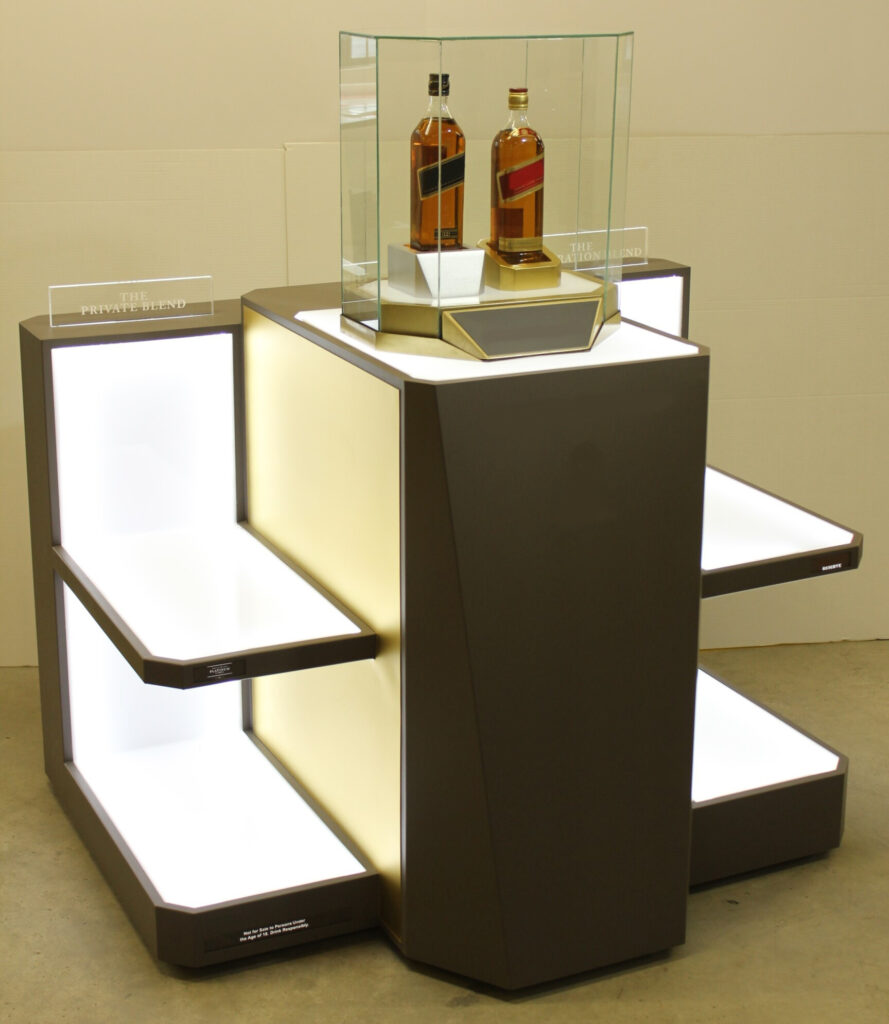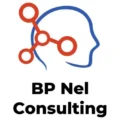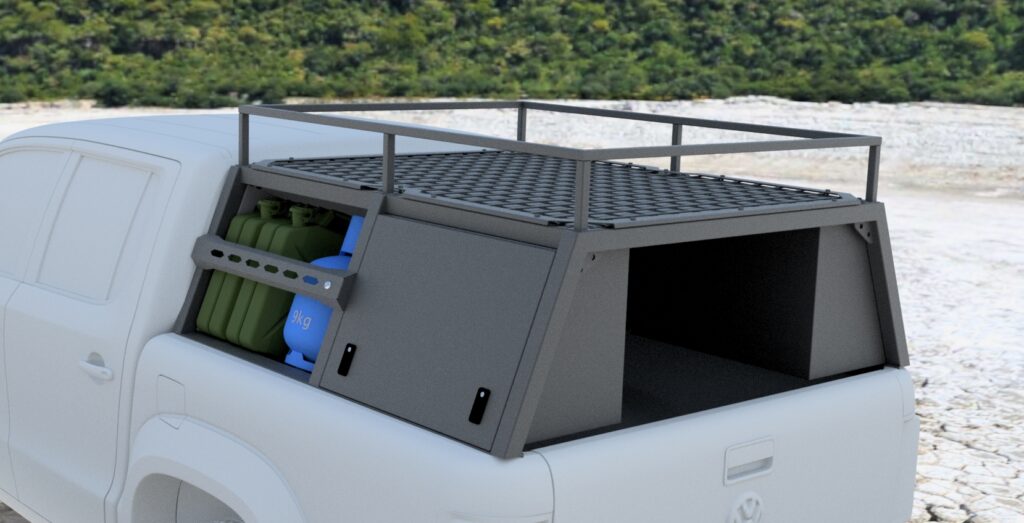Sheet Metal DFM: Optimize Your Designs for Efficiency
Published: September 26, 2025
Table of Contents
Introduction
Sheet Metal DFM optimizes designs for efficient laser cutting, bending, and welding, saving time and costs. At 3DDFM, BP Nel Consulting offers $75/hr expertise—half US rates—to guide startups, saving 20-30% on production. For example, our Load Bin Organizer used to DFM to reduce tooling costs by thousands, unlike unoptimized designs that inflate budgets. Thus, early DFM ensures high-quality, affordable products. Learn more in our beginner’s courses at 3DDFM Courses or get a free audit at 3ddfm.com!
Why Sheet Metal DFM Matters
Sheet metal fabrication produces durable parts, but poor design raises costs. Specifically, DFM minimizes waste, reduces cycle times, and enhances part quality. For instance, optimizing bends can cut material costs by 15-25%. Consequently, DFM streamlines production, ensuring parts meet tolerances while lowering expenses. BP Nel Consulting’s 29+ years of expertise helps startups achieve scalable, affordable designs.
Key Considerations for Sheet Metal Design
Sheet Metal Design addresses critical design factors to ensure manufacturability. Here are five key considerations, answering the Google top question, “How does DFM improve sheet metal fabrication?”:
Material Selection: Choose alloys like aluminum or Mild steel for strength and cost.
Bend Radii: Use minimum radii (1x thickness) to avoid cracks.
Tolerances: Set realistic tolerances (±0.1mm) to cut machining costs.
Cut-Outs: Minimize holes near bends to prevent distortion.
Welding Jigs: Design jigs to reduce warping during welding.
For example, our Load Bin Organizer animation shows optimized bends and jigs. Thus, DFM ensures cost-effective, high-quality parts.
Common Sheet Metal Design Mistakes
Poor design choices derail production. Common mistakes include:
Inconsistent Bend Radii: Causes cracking and higher scrap.
Tight Tolerances: Inflates machining costs without benefit.
Poor Cut-Out Placement: Leads to distortion during bending.
Ignoring Welding Warping: Results in defective parts.
For instance, a client’s unoptimized design added $4,000 in rework due to warping. Sheet Metal Design avoids these pitfalls.
Steps to Implement Sheet Metal DFM
Implementing Sheet Metal DFM requires a structured approach:
Design Review: Analyze CAD models for bend radii and tolerances using tools like SolidWorks.
Prototype Testing: Use laser cutting to catch issues early, saving 15-20% on revisions.
Material Optimization: Select cost-effective alloys with engineers to balance performance and price.
Tooling Collaboration: Work with fabricators to simplify designs, reducing costs by 20-30%.
Validation: Test with short runs to ensure scalability and quality.
For example, our Rotating Barbeque Grill’s DFM process caught a bend issue in 48 hours, saving $2,000. Therefore, Sheet Metal DFM streamlines production.
Role of Technology in Sheet Metal DFM
Poor design choices derail production. Common mistakes include:
Laser Cutting Software: Optimizes nests to minimize waste.
Bend Simulation: Predicts distortion to catch issues early.
3D Printing: Rapid prototypes for fit testing.
AI Tools: Suggest material swaps for cost savings.
For example, our Liquor Display Stand used bend simulation to reduce scrap by 25%. Thus, technology ensures efficient Sheet Metal DFM.

Case Study: Optimizing a Load Bin Organizer
Our Load Bin Organizer showcases DFM success. Initially, the design had complex bends and cut-outs, risking $5,000 in extra tooling costs. We applied DFM principles:
Added optimal bend radii to prevent cracking.
Standardized tolerances for laser cutting and bending, saving 25% on fabrication.
Used welding jigs to minimize warping during assembly.
The result? A manufacturable design that cut tooling costs by thousands and streamlined production, allowing the client to launch on time. Watch the animation at Load Bin Organizer to see the laser-cut parts in action. Get a free audit at 3ddfm.com.
How Does DFM Improve Sheet Metal Fabrication?
DFM improves sheet metal fabrication by optimizing bend radii, tolerances, and material selection to reduce waste and costs by 20-30%. For example, using minimum radii prevents cracking, while standardized tolerances cut machining time. DFM also enhances welding jigs to minimize warping, ensuring high-quality parts, per Industry Insights. Thus, DFM streamlines fabrication for efficiency.
Conclusion
Sheet Metal DFM transforms designs for cost-effective, scalable production. Partner with 3DDFM for $75/hr expertise to optimize your parts, as shown in our Load Bin Organizer case study. Our 29+ years of experience ensures success. Hence, get a free audit at 3ddfm.com today!

